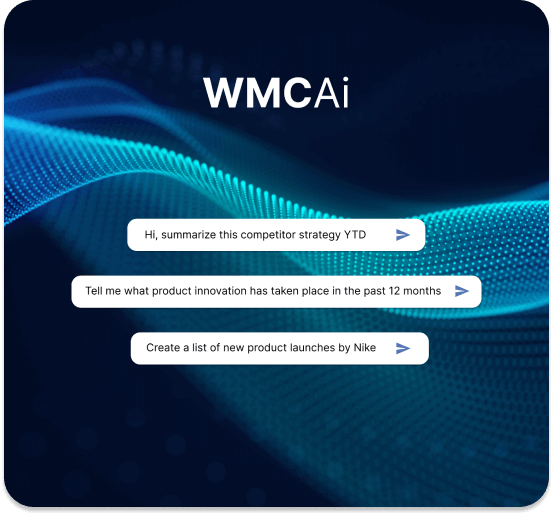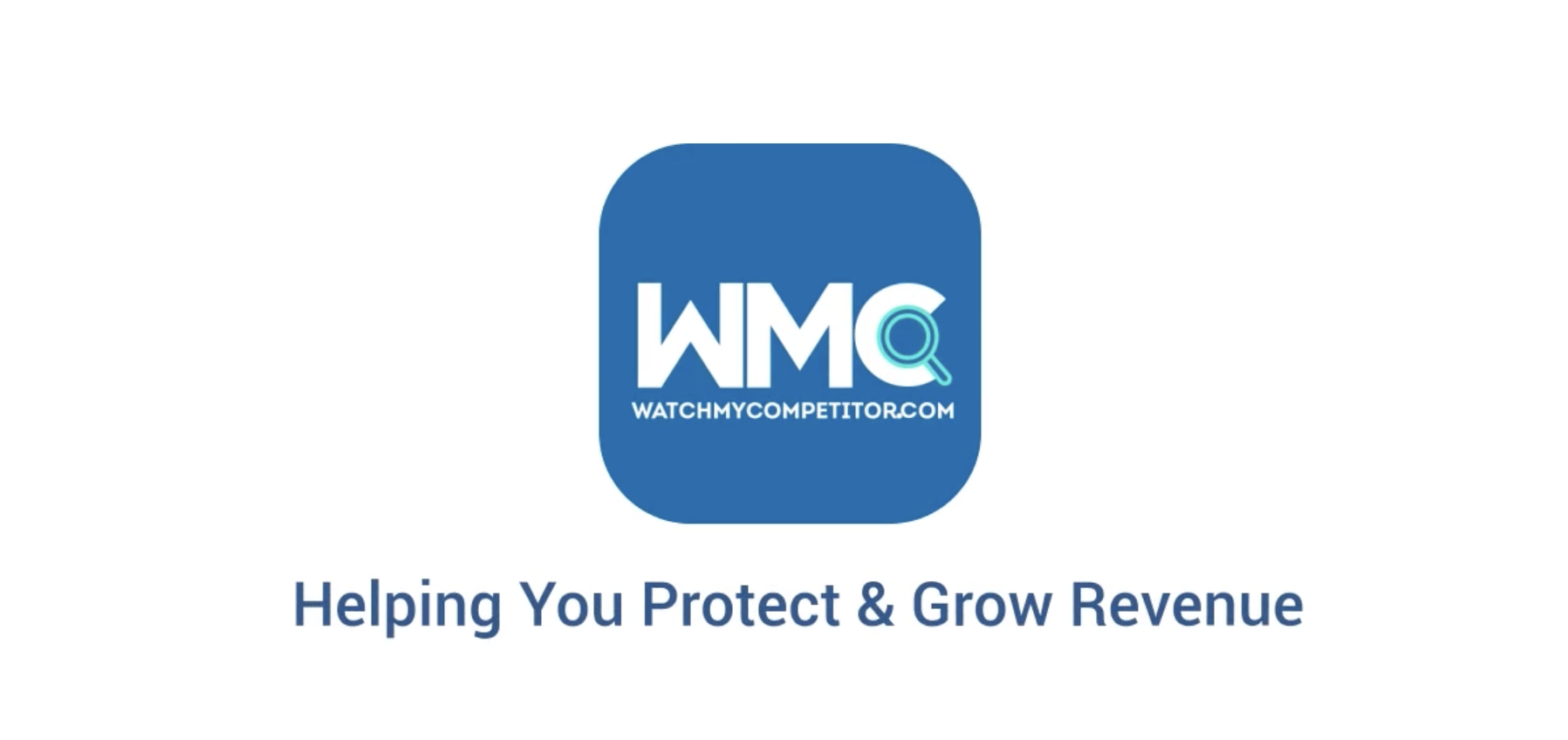Data-driven decision-making is on the rise. From its survey of global organisations in 2020, Statista found a 12% increase in implementing data-driven decision-making compared to 2018. Yet 87% of marketers say data is their company’s most under-used asset. Which is remarkable given the need to establish a competitive advantage.
When it comes to producing effective marketing strategies and campaigns, intelligent decision-making can be the difference between losing, protecting or growing market share. In this article, we’ll clarify what we mean by marketing intelligence and explore the advantages of using it as well as outlining some disadvantages – or rather key factors you need to consider before investing in it.

What is marketing intelligence?
Let’s start with a simple definition. Marketing intelligence refers to data that has been gathered and analysed on the market in which you operate with the aim of using it to inform your marketing strategy and decision making as a business.
Whereas market research involves setting specific questions and using focus groups and other research methods to uncover the answers, marketing intelligence on the other hand tracks key sources across the internet to pull in and analyse data that is being produced in real-time.
What does marketing intelligence track?
Marketing intelligence can be any insights that help you to create better, more effective strategies and campaigns. For a lot of organisations, there is a focus on consumer sentiment. This can involve tracking review scores and write-ups, social media follower and engagement numbers, survey results and more.
But increasingly, organisations are widening the net to include other forms of competitive insight such as intelligence on when competitors launch new campaigns, change messaging, have a change in personnel and make or receive investments. It can also cover their content strategy looking at the topics, tone and messages they’re using.
Marketing intelligence can also involve tracking regulatory changes. As most are announced before they happen, rolled out in stages and differ from country-to-country, there can be lots of relevant insights to capture and understand.
How is marketing intelligence performed?
Gathering, analysing and sharing marketing intelligence is most commonly performed using competitive or business intelligence software. This can be a single tool that fulfils all of your marketing intelligence needs or multiple tools that are used simultaneously.
Such tools replace what was traditionally a manual and labour intensive process, making it faster and easier to track the market in real-time. The most popular tools track relevant sources automatically and include support from market analysts to help you get the most from your marketing intelligence. They also reduce the risk of missing out on or arriving late to key competitor and market news – a major issue with manual tracking.
5 advantages of marketing intelligence
Surveys of various industries have shown that marketing intelligence has been beneficial in formulating strategies. This is particularly the case for consumer and retail sector companies, where the majority of firms strongly agree they’re benefiting when adopting the correct approach to marketing intelligence.
1. Create better-informed strategies and campaigns
Moreover, rather than using instinct and old data, marketing intelligence captured in real-time gives you the ability to build strategies with full context of where the market and your audience is now. Every move you make can be informed and justified with rich market insights.
2. Gain a competitive advantage
Marketing intelligence can help you, your team and even your organisation to understand the market better than any of your competitors. You’ll know their strengths and weaknesses, and how they compare to yours, what threats they pose and what opportunities are there to be taken. You can use it to get ahead of current market leaders and stay ahead of the competition.
3. Make smarter day-to day decisions
Marketing intelligence isn’t all about big strategic decisions. The choices you make every day all play a part in your success. When shared with relevant stakeholders in a way that’s easy for them to access, digest and use, marketing intelligence can transform how everyday decisions are made so that the whole organisation – not just marketing and insights – becomes smarter.
4. Keep learning and improving
While much of your focus and future rests on your next big campaign, another big advantage of marketing intelligence is the ability to iterate and evolve the choices you make. Data is captured every minute, so you can see the impact of your actions and the actions of your competitors, and make improvements to strengthen your position.
5. Respond Faster to Market Threats
Your position in the market affects the revenue and profit you generate. Whether it’s a direct threat at the top end of the market, a new entrant or a revitalised competitor, you’ll see it coming and have the maximum amount of time to get organised, discuss your options and make good decisions faster. You’ll minimise the impact of those threats and protect and grow your position.

5 disadvantages of marketing intelligence
It wouldn’t be fair to list advantages of marketing intelligence without looking at its potential drawbacks. Here are a few important considerations before embarking on a marketing intelligence strategy.
Cost
Marketing intelligence tools aren’t free, although there are free tools that can help such as Google Analytics and Crunchbase. But to achieve the most from marketing intelligence, you need to invest financially into sophisticated tools that fulfil the job you need.
A standard marketing intelligence platform ranges from $75 to $500 per year, with enterprise versions, which allows for a higher number of users and more bespoke services, costing more. Moreover, each platform has its strengths and limitations, which might require investments into multiple platforms.
For example a paid version of Crunchbase will provide users with a wide-range of data, ranging from competitors past investors to latest company expansion updates. However, it provides limited insights in the realm of social media, therefore companies might need to invest additionally into social media focused tools, such as Social Mention or BrandWatch.
Assessing the potential return on your investment – or the cost of losing market share – is key before committing to using it. This is particularly important for companies with more limited resources and analyse from a opportunity cost perspective.
2. Managerial buy-in and commitment
Because of cost, one of the barriers to using marketing intelligence tools is getting it signed off by those who hold the purse-strings. Getting the most out of insights means having buy-in from the top down. If they’re unconvinced, processes for how the intelligence is used could be harder to implement, which could reduce its effectiveness. The organisations that get the most out of marketing intelligence are those that commit to a data-driven mindset at all levels.
3. Company-wide buy-in and usage
Once management is bought in, you need the same from the people who will use the intelligence to make decisions and develop their strategies. They’ll take the lead from management but it can still be a big job to get them engaged and adopting a data-driven mindset. Sharing intelligence via communication and data visualisation tools they’re familiar with can make a big difference. As can clear processes and areas of responsibility for the people who are expected to use the intelligence.
4. Measurability
It’s not always easy to directly measure the impact of a piece of intelligence as lots of factors can affect the success and impact of marketing activity. Over time though you’ll be able to track and understand campaign performance pre and post marketing intelligence. While anecdotal evidence from the people using it will help you in understanding the impact it’s having on your culture.
5. Data overload
For an organisation not used to receiving and sharing market intelligence, it can be overwhelming at first. There are no limits to the depth and breadth of insights that you’re able to gather and analyse. So people may need a lot of support to know how to handle and use what they’re learning. The best way of approaching this is to start small in terms of what you’re gathering and add more as your team and the organisation becomes more comfortable with the data. Overtime, this will help you transform into a data-driven organisation.
When you’re ready to embark on your marketing intelligence journey, click here to learn how WMC can support you. You can also schedule a demo with our team. We’ll be happy to talk you through our fast, analyst-assisted set-up and how the software can help you make smarter strategic and everyday decisions.








